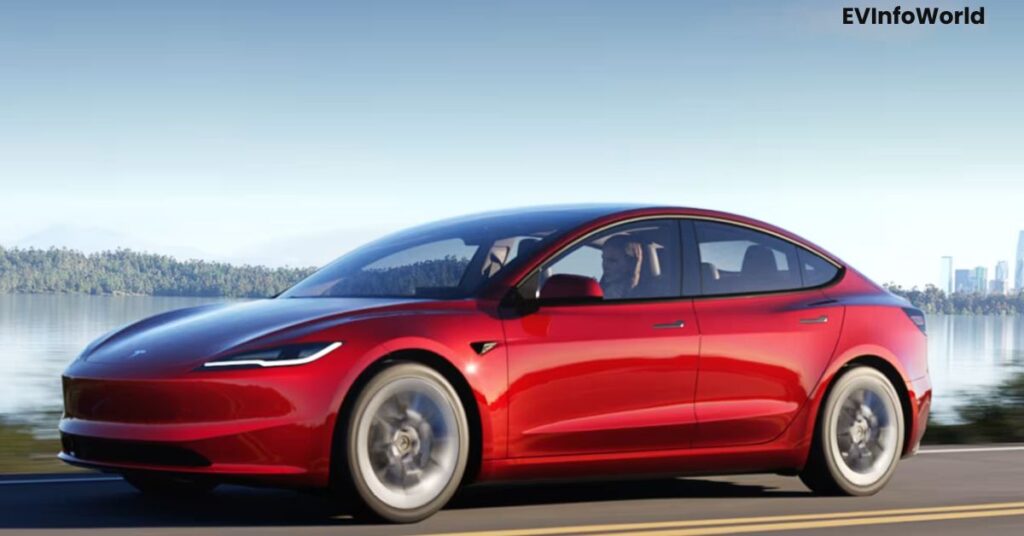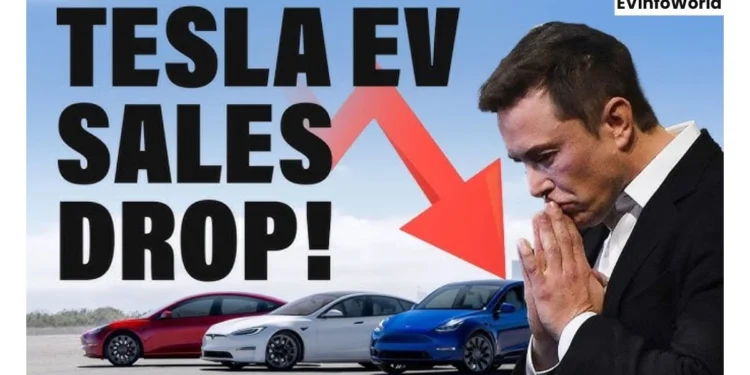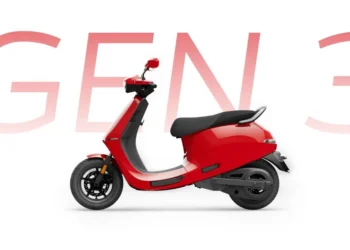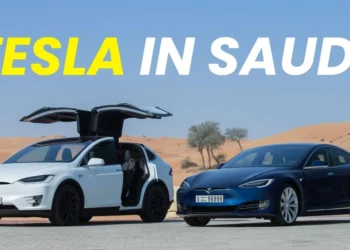Tesla, the electric vehicle (EV) giant, has long been a dominant force in the US automotive market. However, recent reports reveal a surprising trend: Tesla’s US sales dropped in double digits for the first time, marking a significant shift in the EV landscape. This decline, particularly pronounced in California—the largest EV market in the US—has raised questions about the company’s future and the broader EV industry.
In this article, we’ll explore the reasons behind this unprecedented drop, analyze its implications, and discuss what it means for Tesla and the EV market as a whole.
Table of Contents
Tesla’s Historic Sales Drop: The Numbers

Tesla has long been the undisputed leader in the US electric vehicle market. From the initial success of its luxury electric sedans to the release of more affordable options like the Model 3, the company has steadily increased its market share year over year. Yet, recent figures reveal a significant double-digit drop in sales in the United States, particularly in California, Tesla’s largest market.
According to reports, Tesla’s sales fell by 12% in California during the final quarter of 2024, with the Model 3 showing the sharpest decline, down by 36%. The news is concerning, not only because of the drop in sales but also because California has long been a stronghold for automakers, known for its green energy policies and high demand for electric vehicles.
Comparative Sales Growth
| Company | U.S. Sales |
| Tesla | -12% |
| Ford | +18% |
| Rivian | +22% |
| Hyundai/Kia | +25% |
Tesla US Sales Drop in Double Digit for the First Time: What is the Reason?
Several factors could explain why Tesla’s US sales have dropped so dramatically. Let’s break them down:
1. Increased Competition
As more automakers enter the EV market, Tesla is no longer the only game in town. Companies like Ford with their Mustang Mach-E, Rivian with the R1T, and Lucid Motors with the Air, are slowly eating into Tesla’s market share. These brands are offering strong alternatives to Tesla vehicles, with competitive pricing, innovative features, and advanced technology. With consumers now having more choices, some may prefer other brands over Tesla.
Legacy automakers and startups are flooding the market with compelling alternatives:
- Hyundai Ioniq 5: Offers faster charging and a longer range than the Model Y.
- Rivian R1T: Appeals to adventure-focused buyers with off-road capabilities.
- Ford F-150 Lightning: Target truck enthusiasts, a segment Tesla’s Cybertruck hasn’t captured yet.
2. Economic Factors
The broader economic environment might also be contributing to the decline. In recent months, inflationary pressures and rising interest rates have impacted consumer spending. As car prices remain high, particularly for electric vehicles, potential buyers may be opting for more affordable options. This is especially true when EV incentives and rebates may not be as favorable as in years past.
3. Model 3’s Struggles

The Tesla Model 3 has long been one of the best-selling EVs in the US. However, its sales have seen a significant decline, particularly in California. Some analysts believe that the Model 3’s design and features are starting to feel outdated compared to newer, more innovative models from other manufacturers. Furthermore, Tesla’s once-strong reputation for innovation has been somewhat overshadowed by the offerings from new entrants into the EV space.
4. Tesla’s Controversial Public Image
Tesla CEO Elon Musk’s personal views and actions have occasionally stirred controversy, and this has had an impact on the brand’s image. Some potential buyers may be deterred from purchasing a Tesla due to Musk’s outspoken support for political figures like Donald Trump. In addition, some reports suggest that Musk’s recent behavior on social media may be polarizing customers, with some viewing his controversial statements as a turnoff. This shift in public perception could contribute to a slowdown in Tesla’s sales.
5. Production and Supply Chain Issues
Tesla, like many other automakers, has faced challenges with its supply chain and production capabilities. While Tesla’s manufacturing efficiency has been a major advantage in the past, the company’s production lines may have been stretched thin as they continue to ramp up for new models and variants. This could lead to delays in vehicle deliveries, which may discourage potential customers.
Tesla US Sales Drop in Double Digit: Tesla’s Plans to Recover
So, what does this decline in sales mean for Tesla’s future in the United States? For one, it suggests that the company can no longer rely solely on its early-mover advantage. With increased competition, Tesla will need to innovate further and differentiate its vehicles to maintain its market position.
Additionally, the price-cutting strategy may only be sustainable for a limited time. While it helps Tesla maintain sales in the short term, it could have long-term implications for profitability. Tesla will need to strike a balance between maintaining affordable prices and preserving its brand’s premium status.
Refreshing the Model 3 and Y
Tesla recently announced updates to the Model 3 (“Project Highland”) and Model Y, including improved interiors and longer ranges. Early reviews are positive, but mass production won’t begin until late 2025.
The $25,000 Compact Car
A long-rumored affordable Tesla model is reportedly in development. Priced at $25,000, it could attract budget-conscious buyers and compete with hybrids like the Toyota Prius.
Expanding Charging Networks
Tesla’s Supercharger network remains a key advantage. The company plans to open 3,000 new U.S. stations by 2026, many compatible with non-Tesla EVs.
The Impact on the EV Market
The decline in Tesla US Sales Drop in Double Digit may have broader implications for the electric vehicle market. Tesla has been the dominant force in driving the adoption of electric vehicles, but if its growth starts to slow, it could affect the overall perception of EVs in the United States. Other automakers may take this opportunity to accelerate their EV plans and capture a larger share of the market.
However, it’s also important to note that Tesla’s brand loyalty remains strong, especially among customers who prioritize performance, safety, and the driving experience. As long as Tesla continues to innovate in these areas, it will likely retain a loyal customer base.
Conclusion
Tesla US Sales Drop in Double Digit marks a significant shift in the electric vehicle landscape. The combination of increased competition, economic factors, and public perception of Elon Musk is reshaping Tesla’s place in the market. However, while this decline is concerning, it’s not the end of the road for Tesla. The company’s commitment to innovation and its established brand recognition will likely allow it to weather this storm and continue to play a major role in the transition to electric mobility in the US.
Read more: Kia EV2 Launching in January 2026: Is It the Most Affordable Electric SUV From Kia
FAQs
Why is Tesla US Sales Drop in Double Digit?
Tesla US Sales Drop in Double Digit due to increased competition, market saturation, political backlash, economic factors, and an aging product line.
How much have Tesla’s sales dropped in California?
Tesla’s Model 3 sales in California dropped by 36% in 2025.
Is Elon Musk’s political stance affecting Tesla’s sales?
Some reports suggest that Musk’s support for controversial figures may be alienating certain customers.
Are other EV manufacturers growing despite Tesla’s decline?
Yes, companies like Ford, GM, and Hyundai are reporting growth in EV sales.
What is Tesla doing to address the sales decline?
Tesla is focusing on new product launches, including the Cybertruck, and continuing to innovate in technology and sustainability.
Will Tesla’s global sales offset the US decline?
Tesla’s strong performance in international markets like Europe and China could help balance the US decline.







